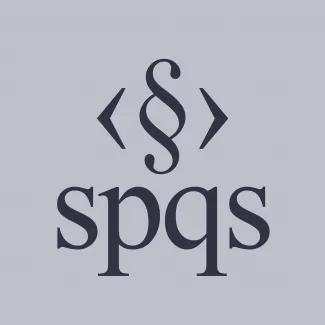Switching from Python to Go: Is It Time to Recode for Speed, Scale, and Simplicity?
Every programming language has its strengths, and Python’s versatility has made it a favorite for everything from automation to data science. But as your application grows—or starts demanding real-time performance and efficiency—Python’s limitations can begin to show.
This is where Golang, or Go, enters the picture as an extremely viable option. Built to be speedy, uncomplicated, and effective in concurrent programming at scale, Go has grown to be a leading option for backend systems, microservices, and modern cloud applications. With an experienced Golang development team, you can make the transition easily, achieving long-term benefits.
In this article, we will cover why the teams are shifting from Python to Go, the benefits of the switch, when the move may not pay off, and how to make the best decision for your development roadmap.
1. Fast & Efficient
One of the most self-evident wins of a Go switch is pure speed capability. By being able to compile directly to machine code, Go offers a hard-to-beat speed benefit, specifically when dealing with time-critical workloads and high-performance infrastructure.
Python’s interpreted nature can slow things down when execution speed is critical.
2. Go’s Concurrency Superpowers
Go’s built-in concurrency model is tailor-made for parallel operations. Goroutines are lightweight and are suited to the backend services where several things need to occur in parallel.
However, Python is constrained by the Global Interpreter Lock (GIL) and tends to make real multithreading much more difficult to achieve.
3. Cleaner & More Predictable Code
Go’s design encourages simplicity and consistency. With fewer conventions and less syntax imposed upon it, you limit the opportunity for obscure behavior or confusing logic, and your codebase is easier to maintain and extend.
While Python is elegant and readable, its flexibility sometimes causes its implementations to be fractured or incompatible across different teams.
4. Safety with Static Typing
Go has a static type system that can detect many problems before your program even runs, resulting in fewer production bugs and less debugging time for runtime surprises.
Python's dynamic typing is a convenience but will mask type errors until too late.
5. Leaner on Resources
Go applications use up less memory and CPU, especially in microservices or container setups where performance is valued. That is reflected in reduced infrastructure costs and enhanced system performance.
Python scripts are more memory-intensive and would require extra performance optimization to make them lean.
6. Easy to Deploy
And then there's a huge advantage: Go compiles down to one binary you can execute anywhere. No dependency hell, no virtual environments—just one file containing your app and all its dependencies.
Python application deployment involves interaction with numerous environments and third-party software packages, and thus introduces complexities to DevOps practices.
7. Cloud-Native
From Docker to Kubernetes and beyond, numerous core cloud-native applications are implemented in Go. Distributed and scalable systems are its focus and are ideal for companies moving to new architectures.
Thinking about rewriting your Python application in Go? Our experts at Singula Team will guide you through the evaluation process and the implementation of the switch. Let’s build something faster, safer, and more scalable—get in touch today to start the conversation.
8. Growing Ecosystem
Although smaller than Python’s, the Go ecosystem is focused on solving today’s backend challenges—from APIs to infrastructure automation. Tooling is great, the libraries are constantly being extended, and the community is very active.
9. Fewer Bugs & Better Reliability
Go’s strict type system and compile-time checks help eliminate entire categories of bugs, such as null pointer errors or type mismatches, before they hit production. This makes your application not only faster, but also more stable and secure.
10. Scalability by Design
From day one, Go was built to handle growth. Its concurrency model, memory efficiency, and clarity make it ideal for applications expected to scale, without rewriting everything from scratch.
When It’s Better to Stay With Python
However, migration isn’t always justified:
- If your project relies heavily on Python-specific libraries that aren’t available in Go.
- If your team lacks Go experience, the ramp-up time could increase costs.
- If your application is small or not performance-critical, the benefits of Go may not outweigh the effort to migrate.
Conclusion
Migrating from Python to Go isn’t about favoring one language over the other—it’s about choosing the right tool for your evolving needs. If your current stack is holding back performance, scalability, or deployment agility, Go might be the solution you’ve been looking for.
The key is knowing when the trade-offs make sense, and having the right partner to guide you through the switch.





















